 Aging gracefully starts with the right nutrients! Good health doesn’t happen by chance—it requires proactive choices. Nutrition is important for every generation, but it becomes even more critical as we age. As we grow older, our nutritional needs change, and understanding what’s essential can make all the difference in staying active, healthy, and full of energy. In this blog, we will discuss why your nutritional needs change with age, key nutrients to focus on, and easy ways to incorporate them into your life.
Aging gracefully starts with the right nutrients! Good health doesn’t happen by chance—it requires proactive choices. Nutrition is important for every generation, but it becomes even more critical as we age. As we grow older, our nutritional needs change, and understanding what’s essential can make all the difference in staying active, healthy, and full of energy. In this blog, we will discuss why your nutritional needs change with age, key nutrients to focus on, and easy ways to incorporate them into your life.
As we age, our bodies undergo changes that affect metabolism, digestion, and nutrient absorption, making it essential to adjust our diets accordingly. With a slower metabolism, fewer calories are needed to fuel our bodies, but lower calorie needs don’t mean fewer vitamins and nutrients. In fact, the opposite is true. Aging actually increases the demand for certain essential vitamins and minerals. Additionally, aging bones, muscles, and joints require extra support.
Let’s take a look at 5 of the most important nutrients we need to start incorporating into our diet.
Vitamin B12
If you’ve been feeling more fatigued lately, low B12 levels could be the culprit. This vitamin plays a key role in energy production and brain function. B12 is found in foods like meat, fish, dairy, and eggs. If you have a hard time consuming these foods, a supplement may be your best option.
Calcium and Vitamin D
Without adequate calcium and Vitamin D, even strong bones gradually weaken over time. These nutrients are crucial for bone health, especially as the risk of osteoporosis increases with age. Yes, exercise helps to strengthen bones, but without the right fuel, even the strongest bones will begin to break down over time. You can find calcium and Vitamin D in foods like leafy greens, dairy, and fatty fish.
Fiber
Digestive troubles are a common issue as we age, but fiber is here to save the day! Be sure to include foods like whole grains, fruits, and vegetables. These nutrients help keep things moving and maintain a healthy gut.
Potassium
Increasing potassium intake can help regulate fluid balance and prevent muscle cramps. Potassium is also essential for heart health and reducing the risk of high blood pressure. It can be found in bananas, sweet potatoes, and spinach.
Omega-3 Fatty Acids
This little helper has a host of benefits for the body and overall health. Adding omega-3 fatty acids will help improve heart health, brain function, and even reduce inflammation. It’s the all-in-one nutrient! Foods high in omega-3 fatty acids include nuts, seeds, and fatty fish like salmon.
Nutrition is the foundation of health, no matter what age you are. Learning and making small changes to include these important nutrients will have a positive impact on how you feel and age. Think of these small dietary changes as an investment in your long-term health, well-being, and vitality.


 November marks COPD Awareness Month, a time to raise awareness of Chronic Obstructive Pulmonary Disease (COPD), a condition affecting millions worldwide. COPD is a chronic lung disease that makes it hard for air to move in and out of the lungs, making it hard to breathe. With COPD, everyday tasks can feel challenging, leaving many breathless and less motivated to stay active. While COPD is irreversible, regular exercise can help manage symptoms and improve quality of life.
November marks COPD Awareness Month, a time to raise awareness of Chronic Obstructive Pulmonary Disease (COPD), a condition affecting millions worldwide. COPD is a chronic lung disease that makes it hard for air to move in and out of the lungs, making it hard to breathe. With COPD, everyday tasks can feel challenging, leaving many breathless and less motivated to stay active. While COPD is irreversible, regular exercise can help manage symptoms and improve quality of life.
.jpg?width=437&height=291&name=GettyImages-482404660%20(1).jpg) Regular physical activity is a major key when comes to living a healthy lifestyle and has many benefits. The biggest benefit is that physical activity helps improve your overall health overtime.
Regular physical activity is a major key when comes to living a healthy lifestyle and has many benefits. The biggest benefit is that physical activity helps improve your overall health overtime.
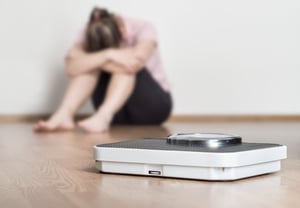 It's hard for me to believe that the first season of the reality show Biggest Loser aired in 2004. The popularity of that show has inspired all manner of weight loss competitions held under the banner of workplace health. Over the years, as a
It's hard for me to believe that the first season of the reality show Biggest Loser aired in 2004. The popularity of that show has inspired all manner of weight loss competitions held under the banner of workplace health. Over the years, as a 
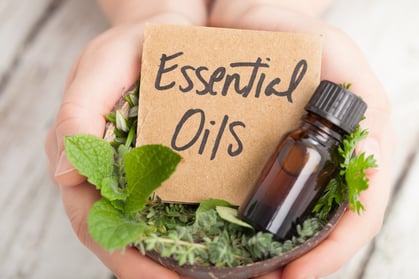 Every time I turn on the TV my eyes are flooded with commercials promoting new remedies for aches, pains, and disorders. They often include an overjoyed person dancing or baking a cake while a soothing voice reads off the endless side effects of the drug. “Upset stomach, wild dreams, or nosebleeds may occur," says the soothing voice, “However, your affliction will be controlled for 12 hours.” Geesh! But we have a whole cabinet full of them- a pill for inflammation, a pill for blood sugar control, a pill for the nausea we get from taking the blood sugar pill and on and on. Thinking back to my grandmother’s house- she had many pills but she also had other mixtures, oils, and potions for curing ailments. Sometimes an onion in a sock, sometimes horseradish with olive oil… whatever discomfort you had- Grandma knew a cure! Which old wives’ tale rang true for you?
Every time I turn on the TV my eyes are flooded with commercials promoting new remedies for aches, pains, and disorders. They often include an overjoyed person dancing or baking a cake while a soothing voice reads off the endless side effects of the drug. “Upset stomach, wild dreams, or nosebleeds may occur," says the soothing voice, “However, your affliction will be controlled for 12 hours.” Geesh! But we have a whole cabinet full of them- a pill for inflammation, a pill for blood sugar control, a pill for the nausea we get from taking the blood sugar pill and on and on. Thinking back to my grandmother’s house- she had many pills but she also had other mixtures, oils, and potions for curing ailments. Sometimes an onion in a sock, sometimes horseradish with olive oil… whatever discomfort you had- Grandma knew a cure! Which old wives’ tale rang true for you?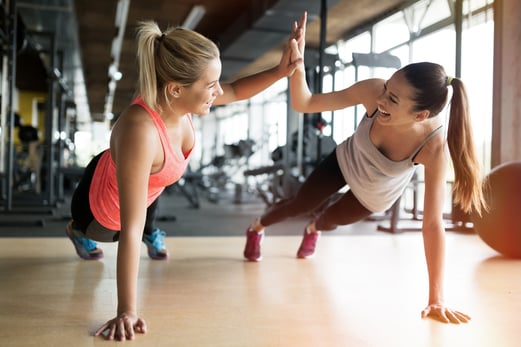

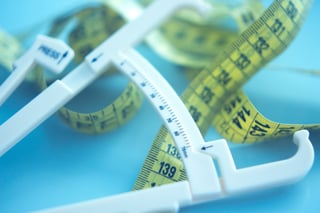 For years, fitness professionals have been trained to use Body Mass Index (BMI) as a prescreening tool when individuals join a fitness program. It was part of the recommendations by the
For years, fitness professionals have been trained to use Body Mass Index (BMI) as a prescreening tool when individuals join a fitness program. It was part of the recommendations by the 


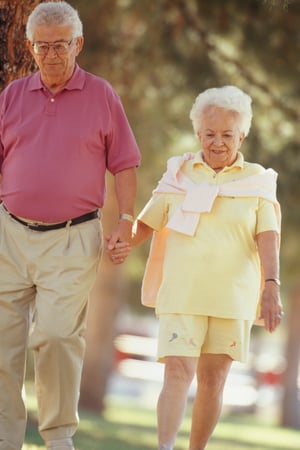 How healthy are your bones? This may not be a question you can answer quickly. Many seniors already have weak bones and don’t know it, but the good news is you’re never too old to take steps towards keeping your bones strong. Strong bones support us and allow us to move well. They protect our heart, lungs, and brain from injury. Our bones are also a storehouse for vital minerals that we need to live.
How healthy are your bones? This may not be a question you can answer quickly. Many seniors already have weak bones and don’t know it, but the good news is you’re never too old to take steps towards keeping your bones strong. Strong bones support us and allow us to move well. They protect our heart, lungs, and brain from injury. Our bones are also a storehouse for vital minerals that we need to live.
 It’s about that time of year where the weather is getting warmer and the flowers are blooming. May is a wonderful introduction into the summer months and is also a time we celebrate women. Mother’s Day is not the only day to celebrate women, but there is a whole week dedicated to women’s health. For this year, National Women’s Health Week for the US is May 11 – 17. Women can celebrate the generations of women before them that have pioneered the way and take charge of their health to make it a priority. This week focuses on preventive measures to take to improve their health and avoid disease.
It’s about that time of year where the weather is getting warmer and the flowers are blooming. May is a wonderful introduction into the summer months and is also a time we celebrate women. Mother’s Day is not the only day to celebrate women, but there is a whole week dedicated to women’s health. For this year, National Women’s Health Week for the US is May 11 – 17. Women can celebrate the generations of women before them that have pioneered the way and take charge of their health to make it a priority. This week focuses on preventive measures to take to improve their health and avoid disease.